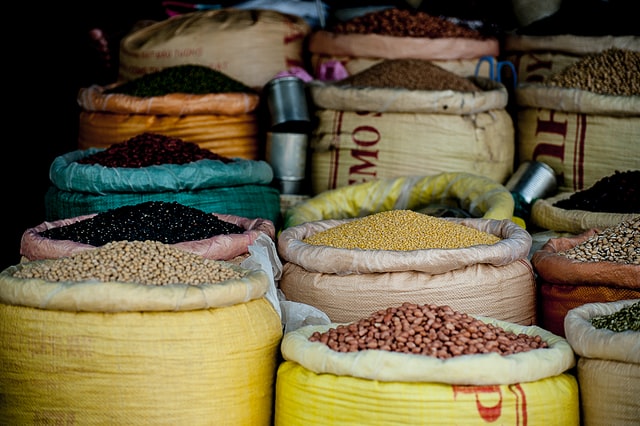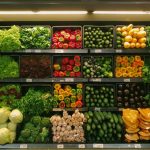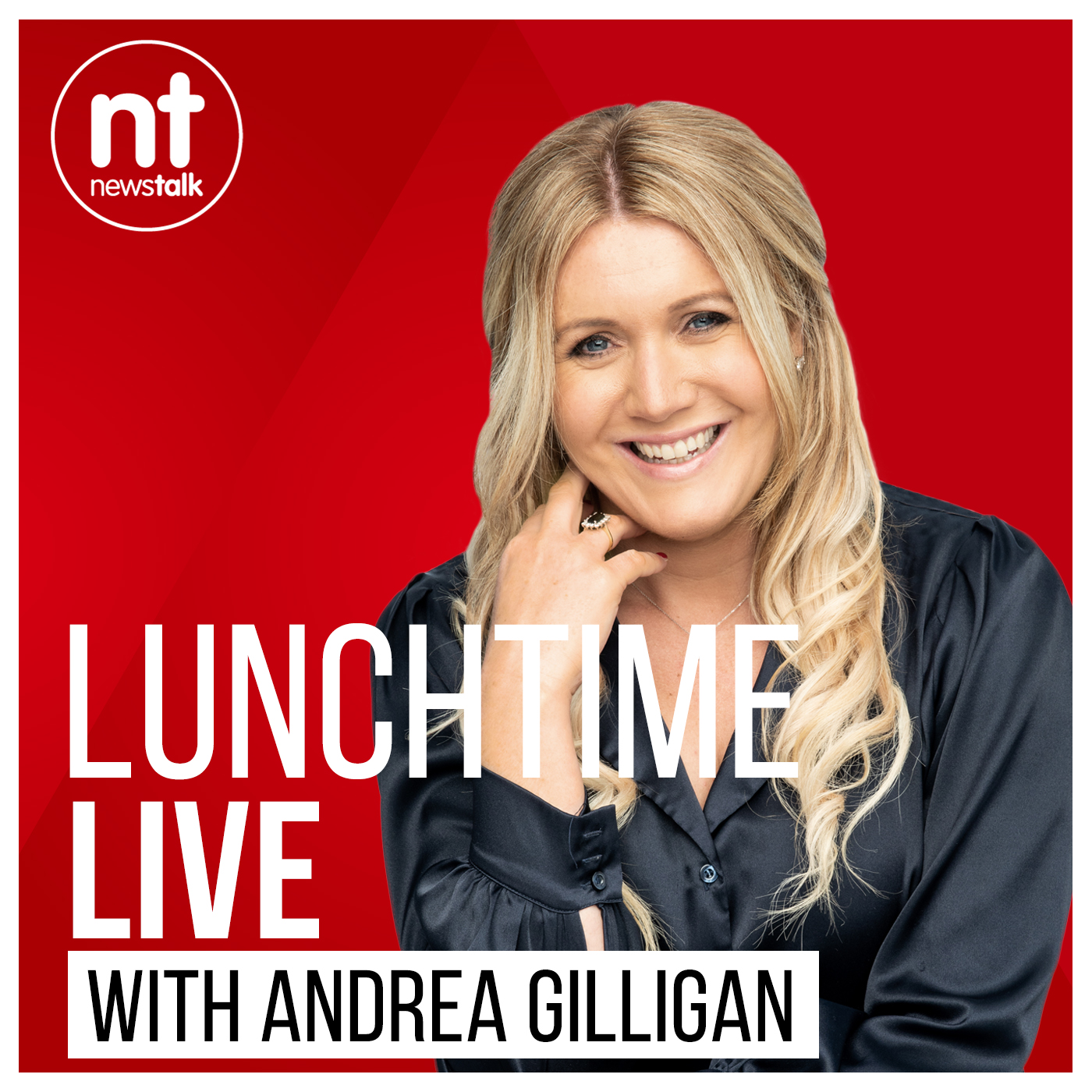
Last week I was asked to give my 5 top super foods and discuss them with Andrea Gilligan on Newstalk’s Lunchtime Live. You may have missed our chat so I thought I’d do a post on the topic of our conversation.
‘Super Foods’ as a concept is an interesting idea. To me ‘super foods’ is really a marketing term for nutritionally dense foods, so can be applied to a huge range of foods. There is a sense of being fad-ish, something I don’t usually buy into.
5 Top Super Foods
However, it got me focussing on what food groups are the best in terms of nutrient density. So, I thought I’d cover my top 5 ‘super foods’, or groups of foods, for this time of year as the following (and in no particular order):
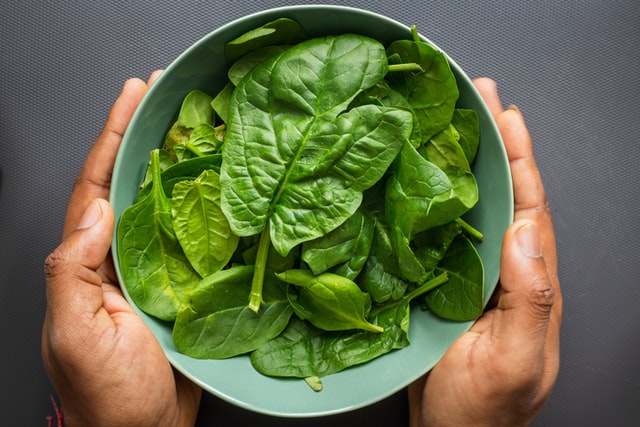
- Leafy greens – spinach, butterhead lettuce – High in Vitamin A, C and calcium. Also source of fibre. – aim to have a handful with most lunch and dinner. Add to soups, currys and stews and have as salad (and breakfast If possible – smoothies, with eggs)
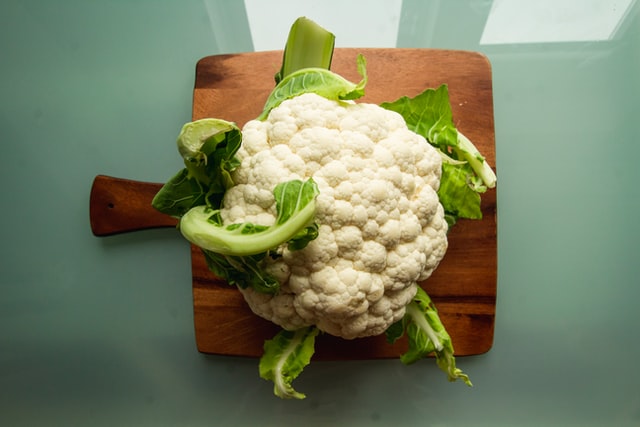
- Cruciferous veg – Brussels sprouts, cabbage, cauliflower – Source of fibre, vitamins A&C, phytonutrients. Thought to help reduce the incidence of cancer. Cauliflower is about ¼ protein so great for vegetarians, vegans and those looking to cut back on meat consumption.
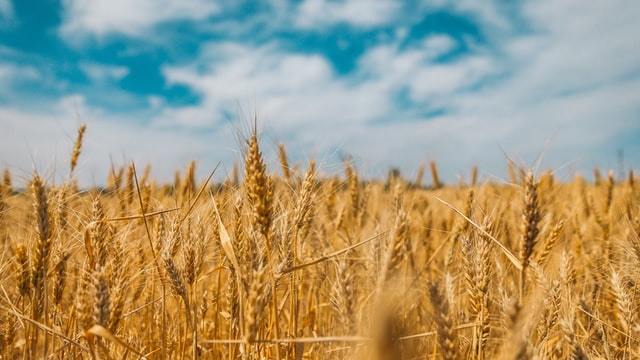
- Wholegrains – oats, brown rice, quinoa, whole wheat/grain – Complex carbohydrates, high in fibre (soluble & insoluble) – great for gut health, balancing blood sugar, keeping you feeling full for longer. Suggestions: Swap pasta, rice and bread for brown versions. Try other grains. Have fun. Be experimental.
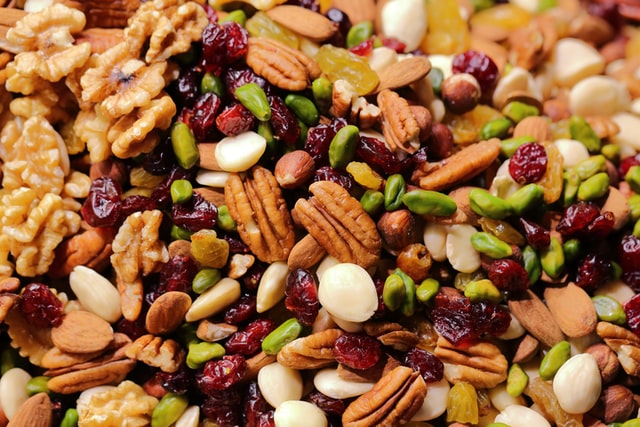
- Nuts & seeds – almonds, hazelnut, walnut and chia, flax, sunflower…. – source of protein, healthy fats, fibre – great for gut, skin and hair – calorie dense so be careful not to over-consume – Suggestions: add to breakfast oats, salads, have as a snack, baking etc.
- Legumes – kidney beans, black & red beans, soybeans, peas, chickpeas, lentils – Great source of protein so good for vegetarians and vegans, complex carbs, high fibre – Add to currys, stews, soups and salads
(Note: In summer we would look at berries and tomatoes as nutrient dense also)
Balanced Approach
The balanced approach I would take to ensure a nutritionally rich diet are to consider this holistic approach when shopping and preparing food. Here are some top tips to achieve this:
- Shop in-season
- Shop local
- Consume a wide variety of foods, particularly wholefoods – fruit and veg, wholegrains
- Organic is best if it’s within budget – Environmental Working Group (EWG) have the ‘Clean 15’ and ‘Dirty Dozen’
- Frozen foods are a good option – say berries and peas for year round use
- Balance the macro-nutrients – carbs, proteins, healthy fats
- Keep refined sugar and saturated fats to a minimum
- Fish are a great source of protein and healthy fats
- Live bio yoghurt is a great source of probiotics so good for your gut
- Stay hydrated
Outcomes
There are so many positive outcomes to eating a balanced, whole foods, nutritionally rich diet with good portion control. Here are some of the stand out ones that are possibly more easily achieved than you might think:
- Balanced blood sugar – consistency in energy levels
- Balanced hormones – helps with mood, skin and hair
- Healthy gut – impacts brain health
- Reduce inflammation
- Improves functionality of the many systems of the body
Next Steps
If refining and planning how you can improve what, and how, you eat is something you are looking to tackle right now, drop me a line at suzanne@thewellnowco.com to arrange your free discovery call with me. Sometimes all we need it to set aside the time, have the relevant info and throw in some focus and you would be amazed what you can achieve.


